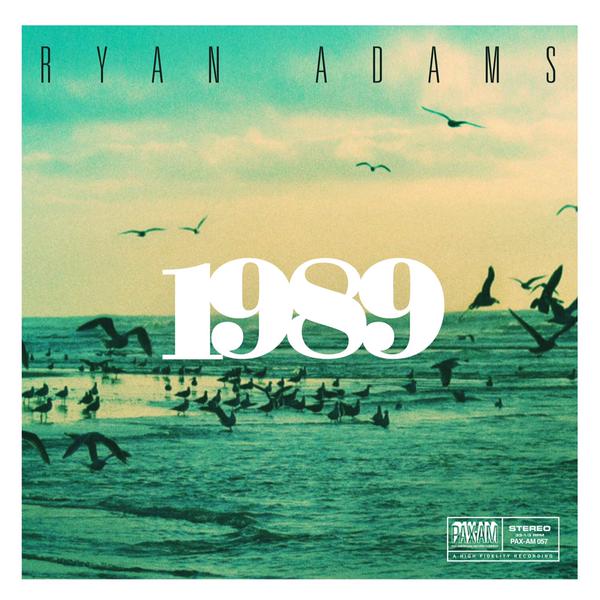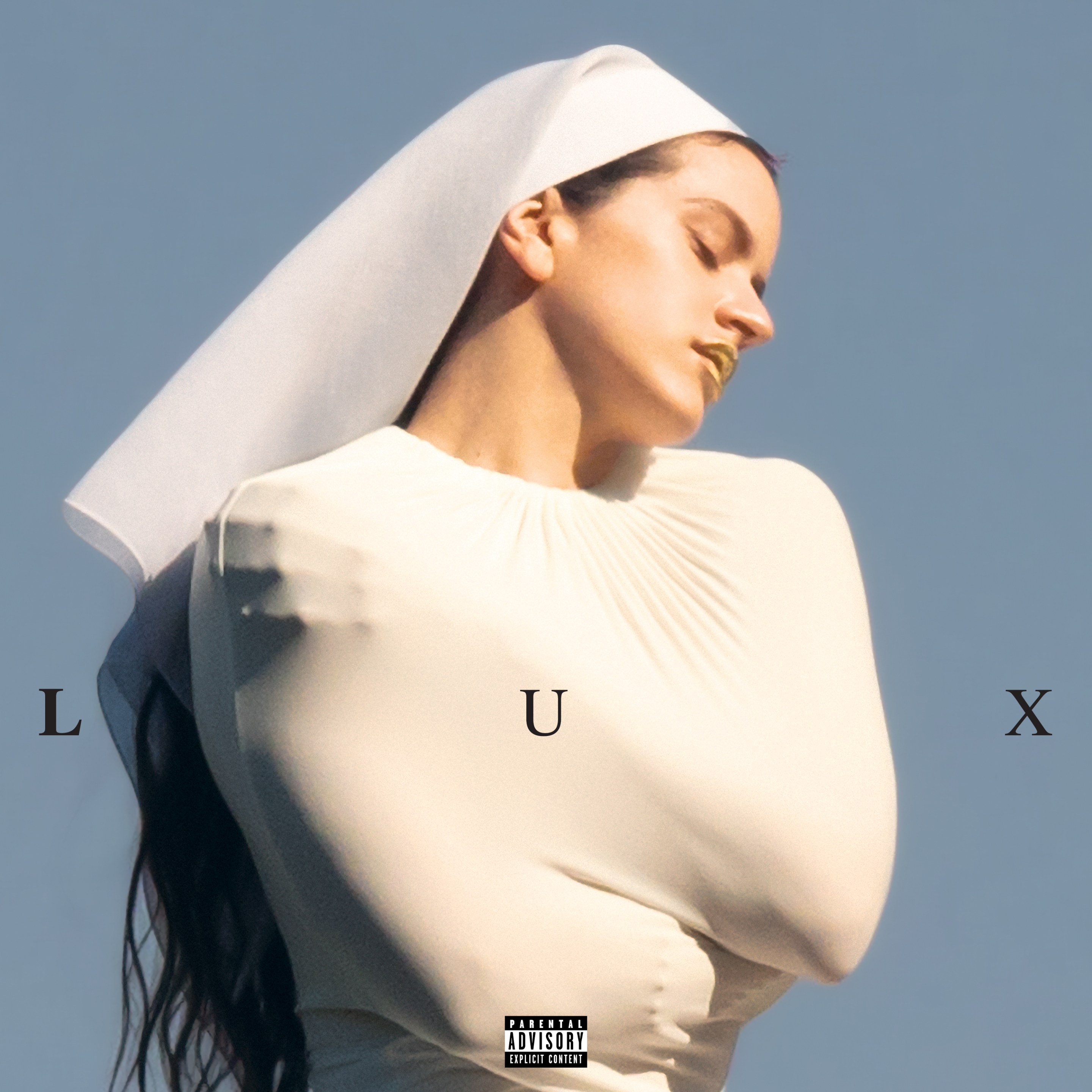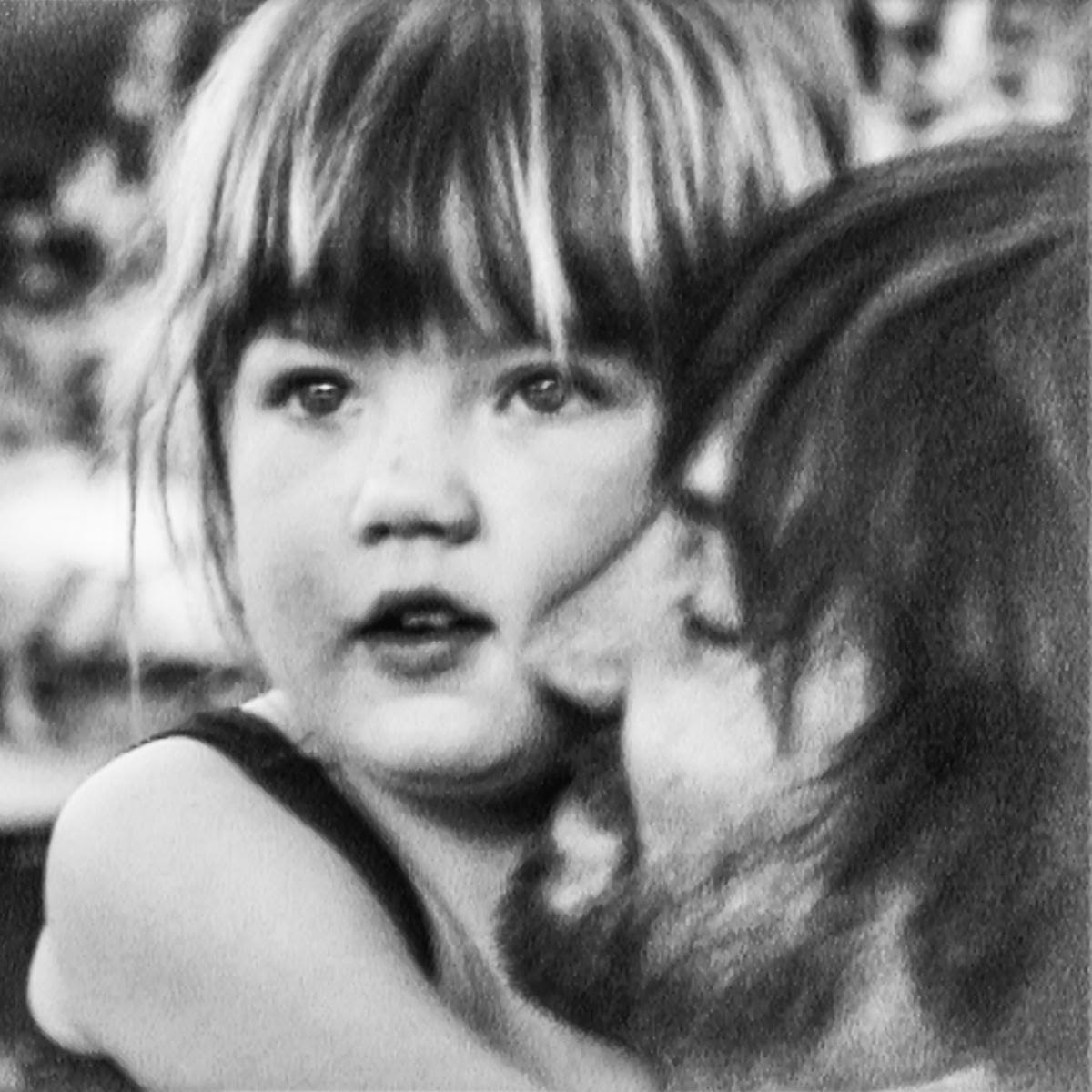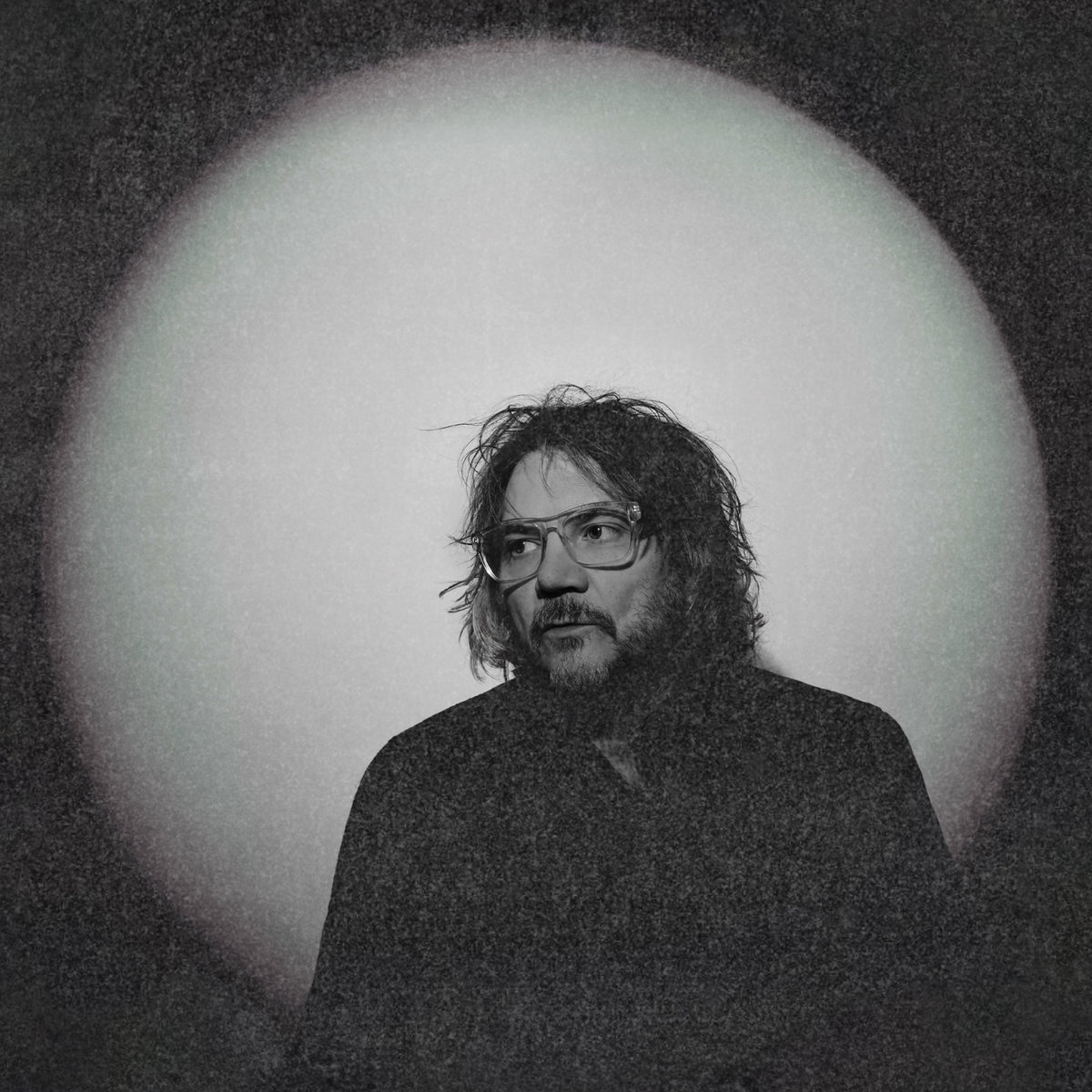One of society's great blights is the plague of sensitive acoustic-guitar-slinging white guys playing ironic-not-ironic covers of big, sparkly pop songs. Every once in a while, some dipshit will come along and attempt to convince you that Travis' "Baby One More Time" or Ted Leo's "Since U Been Gone" is the best version of the song. These people are psychopaths, and you should back away from them very slowly. The myth of the acoustic-white-guy cover is that it reveals a song's hidden strengths, or maybe lays bare its insipidness, by stripping away all the attention-grabbing production trickery. Whatever the aims of Travis or Leo, whether the covers were affectionate or not, all they succeeded in doing was peeling away the force and immediacy of a couple of great songs. It's not a new phenomenon, either. In his book Positively 4th Street, David Hadju wrote about how Joan Baez, in her coffeehouse folk days, used to play spare, mocking covers of Frankie Lymon songs, a tidbit that made me disdain Baez more than countless road-trip hours with my parents ever could. (Ain't like Baez ever recorded a song as enduring as "Why Do Fools Fall In Love.") But with all this in mind, it brings me great satisfaction to report that Ryan Adams' new album-length reimagining of Taylor Swift's 1989 is not a part of this loathsome tradition. We can debate its merits all day, but Adams knows what some of us know: 1989 is a shining, laser-guided new-pop masterpiece, a personal vision rendered with blockbuster scope and virtuosic panache. He wasn't going to improve it in any way. It just wasn't going to happen. But he could reflect it through the lens of his own experience and put his own stamp on it. And that's what he did.
In your travels, you will probably encounter people who will try to tell you that Adams' version of the album is better than Swift's. These people are psychopaths, and you should back away from them slowly. It's not. It never could be. Swift was operating with the full strength of the pop-industrial complex behind her, and she made something that sparkles the way only an obsessively assembled megabudget blockbuster property can sparkle. It has verve and wit and playfulness, and it also has a singer who's talking directly about her own experiences. Adams might have wit and playfulness, but he doesn't have the rest of it. His 1989 has a lot of the same issues as other Ryan Adams albums: Leaden tempos, growly talk-sing vocals, a tendency to fade into the background. The great thing about Adams is that he can make those limitations register as strengths. There's a sense of warmth and comfort to his music. It's never challenging, exactly, but it's sweet and welcoming and enveloping. It has an old-school sense of grace to it. And Adams is as much a craftsman as Swift. He has his own basic preferences -- he likes recording live-in-studio, on vintage devices, and he likely jangly guitars and droney synths -- but he pays as much attention to the intricacies of his sound as Swift and her collaborators do.
You will also encounter people who will tell you that Adams is ruining 1989, that he is doing to it what Travis did to "Baby One More Time." These people are not psychopaths. Many of them are my friends. Right now, virtually all of my Twitter timeline -- the people not talking about What A Time To Be Alive or the pizza rat or Diplo being mad at Pitchfork or David Cameron fucking a pig, anyway -- are making this exact argument. I understand where they're coming from. But they're wrong. For one thing, this isn't one of those shitty ironic-deconstruction things. Adams is a fan -- looking for meaning in these enormous, insanely popular songs and finding it. Here's Adams in Rolling Stone: "Even if I do something funny, I'm going to fucking mean it. As I was singing those songs, they mattered to me as much as any of my own songs ever did. Or I wouldn't have sung them." Here's Adams in Grantland: "These songs are incredible. You break them down from what they are to this raw element, and they’re just super powerful and they can tear you up. They’re very vulnerable and brave and all the stuff I love about Hüsker Dü or Bob Mould’s records. It’s the same thing to me." (That Grantland interview has some really fascinating songwriter-to-songwriter stuff.) Swift and Adams talked on Beats 1 earlier today, and they mentioned that they'd worked on a song together in Adams' studio a few years ago. (I would personally love to hear this song, if anyone ever decided to put it out there.) Adams is coming from a place of respect, and I would argue that you can hear that respect in the end result.
And honestly, why wouldn't Adams find a sense of great meaning in 1989. Millions have, and anyway Adams probably has more in common with Swift than he does with virtually anyone who might be reading this. For one thing, they're two people who have complicated relationships with country music. And 1989 is, in a lot of ways, an album about the stresses of being a functional young woman whose love life is being picked apart in public. For a long time, Adams had a sort of starfucker male-slut persona; he's probably dated more famous people than Swift has. For the past few years, he was married to an honest-to-god pop star, a woman who competed in a teenpop-star arms-race a few years before the one that Swift decisively won. He hasn't had to deal with as many paparazzi as Swift has, perhaps, but he's damn sure dealt with more of them than you or I have. And so a song like "I Know Places" -- Swift's song promising a lover that she can whisk the two of them away from the public eye -- probably speaks to Adams in ways that we mere mortals could never understand. "Shake It Off," too -- that's a song about having your love life publicly analyzed. ("Shake It Off" is also maybe the worst song that Swift has ever recorded, and I'd argue that Adams' stately, funereal reading of the song is the one moment when Adams' 1989 beats Swift's.)
Adams' version of "Shake It Off" doesn't have the monologue about how you could've been getting down to thisss sickkk beat, and I was vaguely disappointed in that at first. Adams also makes subtle tweaks to the wording throughout. There are enough pronoun-switchups that he turns every first-person song into one that a man is clearly singing about a woman, which seems a bit wussy until you realize that he's really just adjusting these songs so that they apply to him in some personal way. He also gets rid of the "nightmare dressed like a daydream" line in "Blank Space," which makes sense, since Adams decidedly does not dress like a daydream. (Daydreams change their fucking jackets every once in a while.) He also changes "Style" to make its chorus say that "you got that Daydream Nation look in your eye," which is funny.
Before Adams' version of the album came out, our own Max Martin enthusiast Michael Nelson said that he was skeptical of Adams' version because it would inevitably foreground the lyrics and lyrics aren't a big part of most Max Martin productions. Instead, those rest on a form of "melodic math" that Martin has developed over the years. But Swift is way more of a lyrics-first songwriter than most Martin collaborators, and her lines hold up to Adams treatments. And anyway, Adams is someone with his own sense of melodic math. He's not just expressing whatever's in his gut on every album. If he did, he wouldn't keep fucking around with prog-metal and Replacements-esque punk on all his various side-project EPs. Instead, he's someone who's found a musical approach that works for him. And so the tension in his version of 1989 comes from watching Adams attempt to translate Swift's melodic approach into his own system of melodic math.
It's not something that's ever going to make for a masterpiece. His version of 1989 will probably end up as one of Adams' most popular albums, especially when you consider that his "Wonderwall" cover is by far his most-streamed song on Spotify. But it's not going to replace Heartbreaker as his definitive work anytime soon. And none of these versions of the songs are going to replace Swift's originals, either. For one thing, Adams isn't a gifted-enough vocalist, and when the songs call for a big, sustained note -- the "Wildest Dreams" chorus, for instance -- Adams can't always deliver. Some of his versions are weaker than others. In recasting "Blank Space" as a downcast acoustic ramble, I think he kills a lot of its spark, and his general moroseness drags down the hopeful, uplifting "How You Get The Girl." But some of these versions really work: The glowing guitar twinkles on "Bad Blood," the chunky riffage on "Style," the big chorus-reverb on "All You Had To Do Was Stay." And anyway, every one of the covers on this album has ideas. He's not just running these songs through some Ryan Adams filter. He's trying things with them.
Adams has talked about how he started recording his versions of these songs around last Christmas, when they were still brand-new and when, after the breakup of his marriage and the end of a long tour, he was spending extended periods of time by himself for the first time in a long time. He gave up the original all-solo project when a four-track player ate the tape, but he returned with a full band of seasoned L.A. indie-rock hands, knocking out a couple of songs per night and documenting the process on Instagram. He did it quickly, and he claims he wasn't sure he wanted to release it until enthusiasm -- from Swift, as well as from the general public -- convinced him to put it out. So we aren't hearing Adams attempting to "correct" these songs, or to improve them. We're hearing a personal exercise. Some writing professors will tell you to copy Hemingway stories, longhand, so that you can start to internalize the structure in his writing, and I think Adams probably had a similar idea when he decided to take these songs apart and put them back together. They're masterful songs, and he knows that. But we're also hearing something else here. We're hearing a sad, lonely middle-aged man attempting to reckon, for maybe the first time, that he's become a sad, lonely middle-aged man, and using the songs of Taylor Swift as a vehicle to do it. There's something beautiful about that.
He should've covered Red, though. Real heads know: Red > Fearless > 1989 > Taylor Swift > Speak Now. (They're all great, though.)
Adams' 1989 is out now on Pax-Am. Stream it below.
[videoembed size="full_width" alignment="center"][/videoembed]






